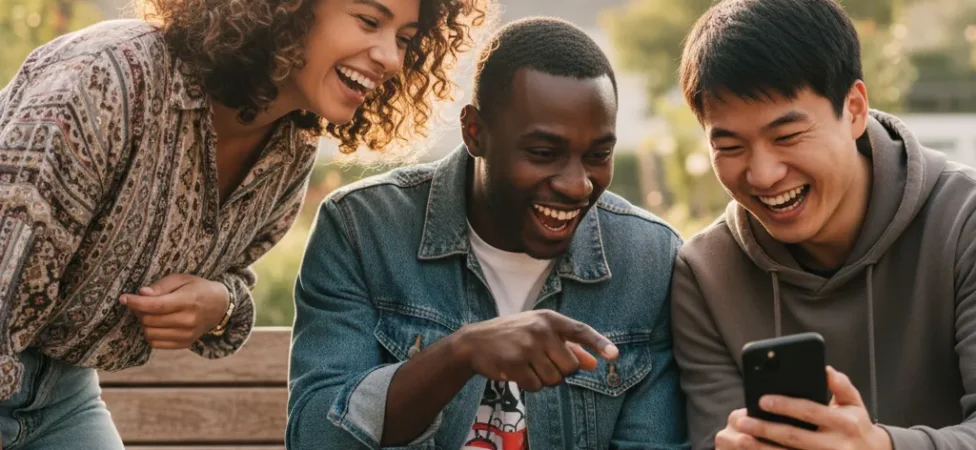If you’ve ever worried that your texts sound too plain or might be misunderstood, emojis are your best friend. These small icons add tone, personality, and fun to your messages, helping you say more than words alone ever could.
But using emojis well is about balance. Too few, and your texts may feel cold. Too many, and they can come across as confusing or overwhelming. This guide will walk you through everything you need to know about texting with emojis—clearly, simply, and with practical tips you can use right away.
For more on texting tips with a focus on women, check out our complete guide on how to text women.
Key Takeaways
- Emojis act like body language in texts. They add tone, emotion, and clarity that plain words can’t always capture.
- Balance is key. Using too few emojis can make messages feel cold, while overusing them makes texts confusing or overwhelming.
- Know your audience. Emoji meanings can vary by culture, age group, and context, so choose carefully to avoid misinterpretation.
- Professional vs. casual use matters. Light emojis work well in friendly or casual chats, but keep them minimal and neutral in work settings.
- Emojis enhance connection. From adding humor and warmth to flirting or storytelling, they make conversations more engaging and personal.
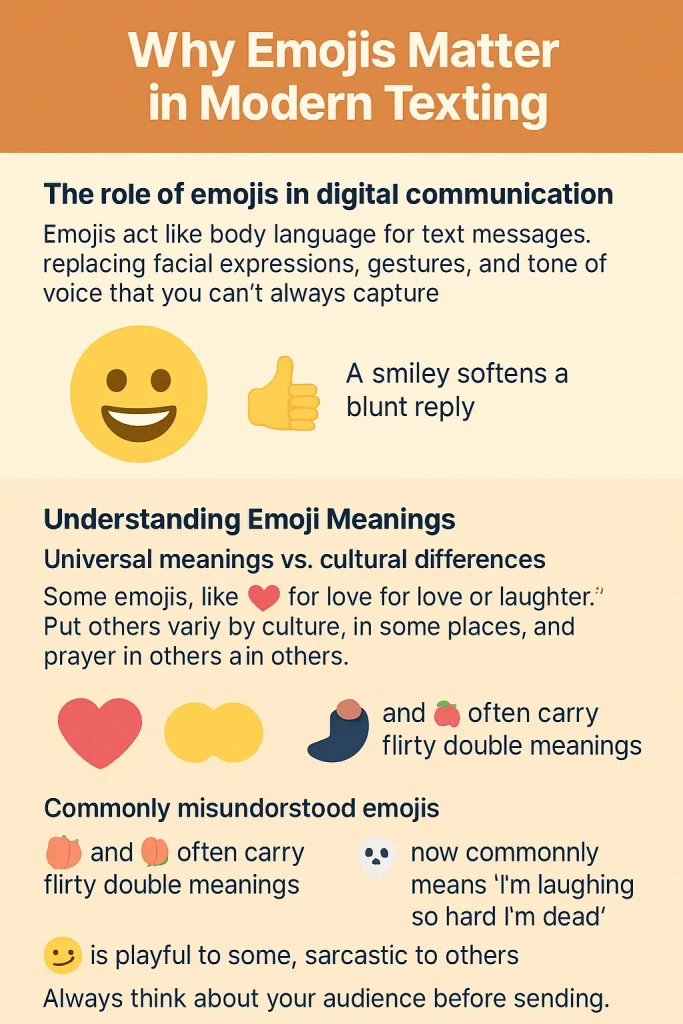
Why Emojis Matter in Modern Texting
First, here’s why emojis are more than decoration—they set the tone of your texts.
The role of emojis in digital communication
Emojis act like body language for text messages. They replace facial expressions, gestures, and tone of voice that you can’t always capture with words.
- A 😀 smiley softens a blunt reply
- A 👍 thumbs-up shows quick agreement
- A 😂 adds humor to a simple sentence
How emojis enhance tone and clarity
Without emojis, texts can be misread as serious or even rude. Emojis clarify your intention and make your tone obvious. For example, “Okay.” might feel cold—but “Okay 😊” feels warm and friendly.
Understanding Emoji Meanings
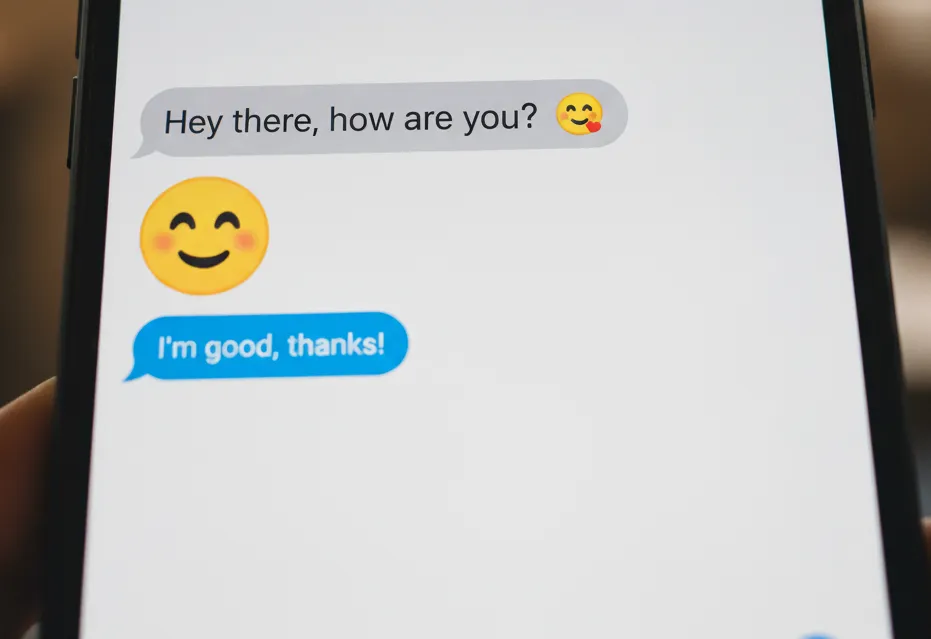
Next, let’s make sure we’re reading emojis the same way others do.
Universal meanings vs. cultural differences
Some emojis have meanings almost everyone recognizes (❤️ for love, 😂 for laughter). But others vary by culture. For instance, 🙏 is seen as “thank you” in some places, and “prayer” in others.
Commonly misunderstood emojis
A few emojis trip people up:
- 🍆 and 🍑 often carry flirty double meanings
- 💀 now commonly means “I’m laughing so hard I’m dead”
- 🙃 is playful to some, sarcastic to others
Always think about your audience before sending.
For advice on texting flirty messages or romantic emoji use, our guides on how to text sexy and how to text your crush offer practical examples.
The Basics of Texting with Emojis
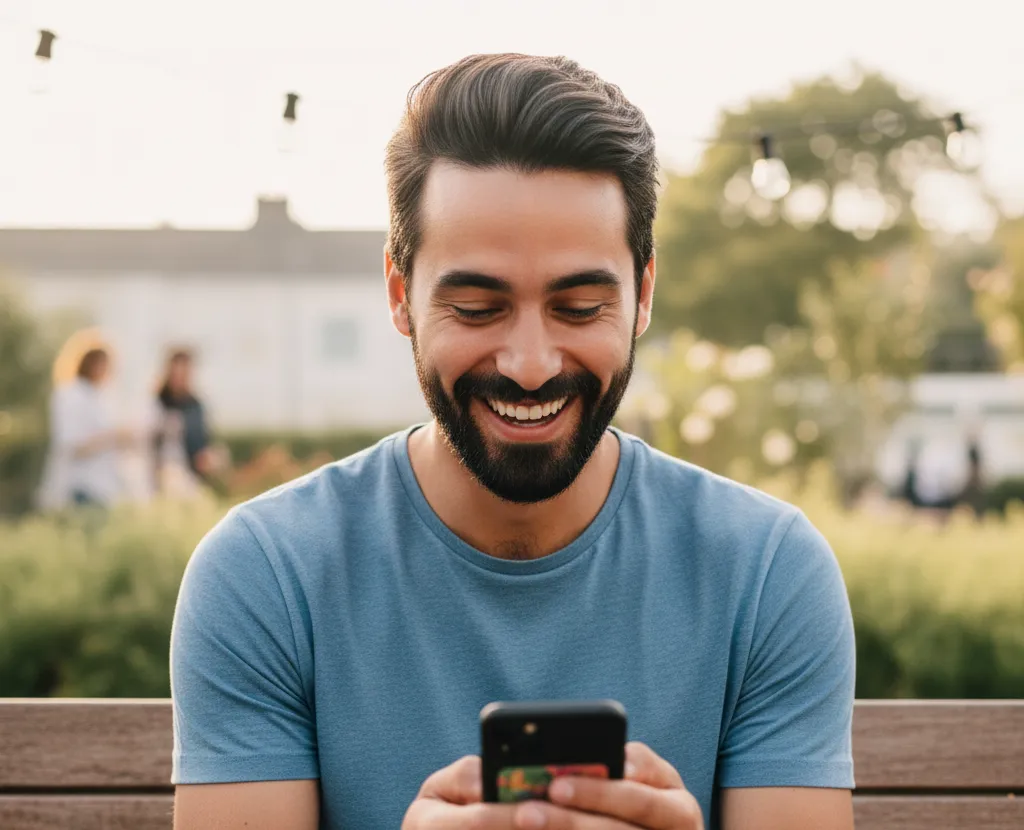
Now that meanings are clearer, here’s how to use emojis without overdoing it.
When to use emojis (and when not to)
Use emojis to:
- Show emotion 🤗
- Add humor 😂
- Lighten up serious texts 🌞
Skip emojis in:
- Very formal or professional situations
- First-time introductions (until you know the person’s style)
Balancing words and emojis for clarity
A good rule: words first, emojis second. Emojis should support your message, not replace it entirely—unless you’re going for a playful effect.
Emoji Etiquette
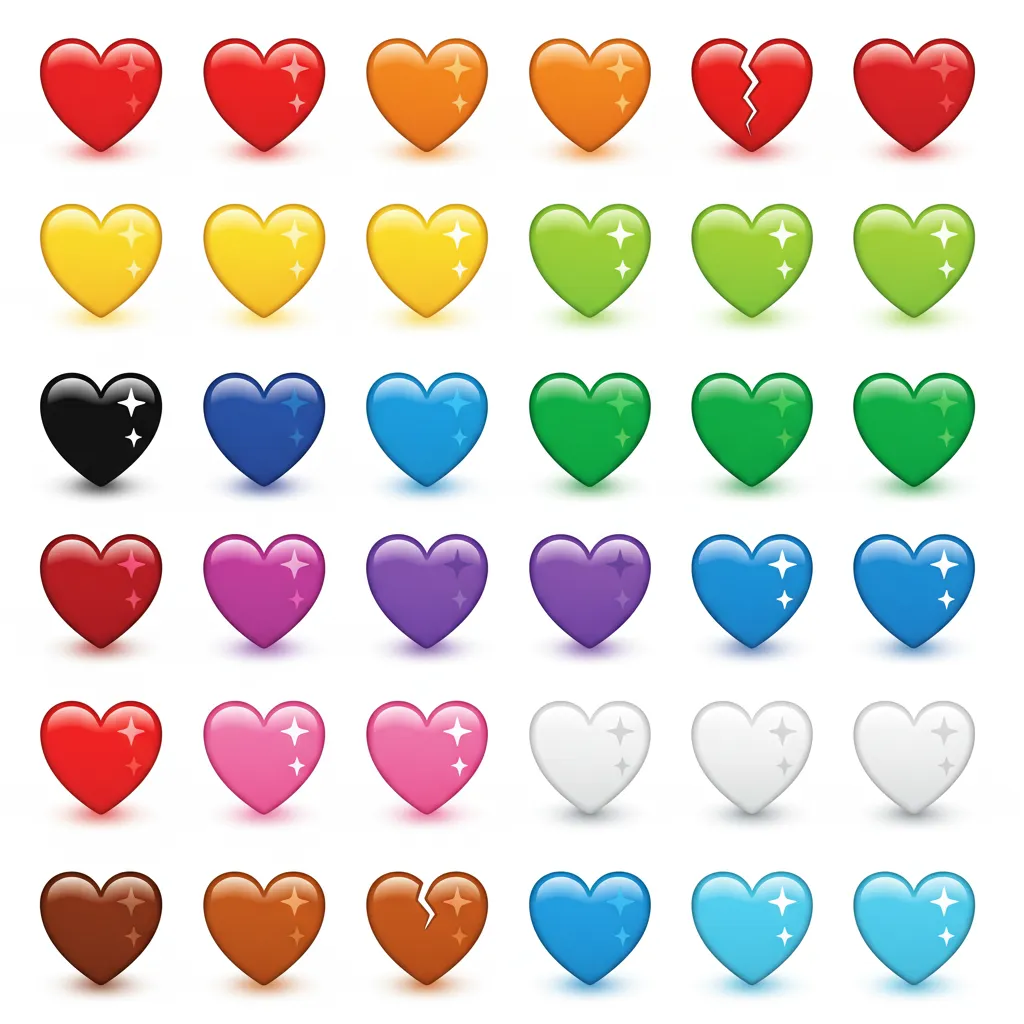
A few simple rules keep emojis friendly, not cringey.
When I first used 😂 in a work email, I realized how quickly tone can shift. A colleague thought I wasn’t taking the project seriously. That experience taught me that while emojis bring warmth, they can also be misread in professional spaces.
Professional vs. casual texting contexts
For casual chats with friends or family, go ahead and use emojis freely 🎉🔥😂. They add personality and make conversations lively.
At work or in professional settings, it’s best to keep emojis neutral and positive. Use simple ones like 🙂, 👍, or 👏 to show friendliness without being too informal.
Frequency and overuse pitfalls
Adding a few emojis here and there makes your messages feel warm and friendly. Usually, 1 or 2 emojis per sentence is just right.
But too many emojis can be confusing or overwhelming. If you use five or more in a line, it might look cluttered and distract from what you’re saying.
Keeping it balanced makes sure emojis enhance your message instead of distracting from it.
How to Express Emotions with Emojis
When words fall short, these emoji picks help set the mood.
Happy and positive moods
When you’re excited, joyful, or celebrating something, emojis like 😀, 😍, 🤩, 🎉, and 💃 are great choices. They bring energy and fun to your message and help others feel your happiness.
Romantic and flirty vibes
For playful or romantic feelings, try emojis like 😘, 😏, 💕, 🔥, and 🍷. They add a light, flirty touch, but it’s best not to overuse them, so your message stays genuine and not too much.
For more tips on texting sexy and with confidence, check out our guide on How to Text Sexy.
Sad or serious emotions
When you want to show empathy or share a heartfelt moment, emojis like 😔, 😢, 💔, and 🥺 can express sadness or seriousness. These help others understand when you’re feeling down or need support.
Creative Ways to Use Emojis

Emojis aren’t just for showing feelings. They can be fun and clever tools to make your messages more interesting and easier to follow.
Replacing words with emojis
Sometimes you can swap words for emojis to make your message shorter and more playful.
For example, instead of typing “pizza night?” you could just send 🍕❓. It’s quick and adds a bit of fun to the conversation.
Storytelling through emoji strings
You can tell a whole little story using a string of emojis.
For example, 🏖️☀️🍹📸 might mean “Vacation time, enjoying the sun, drinks, and taking photos.” It’s like a mini picture that helps others imagine what you’re up to.
Using emojis as reaction responses
Emojis are great for quick reactions. Instead of typing out a full sentence, a simple 👍, 😂, or 😱 can show you agree, find something funny, or are surprised.
This keeps conversations moving smoothly and naturally.
How to Text Flirty with Emojis

If romance is the vibe, keep it fun and respectful.
Best emojis for flirting
Some emojis are perfect for flirting because they are lighthearted but still clear. Try using 😉, 😘, ❤️, 🔥, or 🌹.
These show interest and playfulness without being too serious.
Subtle vs. bold approaches
You can be subtle or bold with your flirty messages. A subtle example might be: “Can’t wait to see you 😉.” It’s sweet and hints at your feelings without being too forward.
If you want to be bolder, you might say: “You looked 🔥 tonight 😘.” This is more direct and shows confidence.
Avoiding misinterpretation
Make sure your emojis match the other person’s tone. If they’re sending simple smiles like 🙂, don’t overwhelm them with lots of kisses and hearts like 😘❤️.
Matching their style helps keep things comfortable and clear for both of you.
How to Text Professionally with Emojis

Even at work, emojis can add warmth and friendliness to your messages—if you use them thoughtfully. They help make your tone clearer and keep conversations positive.
Situations where emojis add warmth at work
Emojis are great for celebrating and encouraging colleagues. For example, use 🎉 or 👏 to congratulate someone on a job well done.
When you want to show gratitude, a simple 🙂 or🙏 goes a long way to make your thanks feel genuine.
In casual team chats, light emojis like 👍 or 😅 can help keep the mood relaxed and friendly without being unprofessional.
Emojis to avoid in business communication
Certain emojis are best left out of work messages because they can be misread or seem too casual. Avoid emojis like 😂, 😍, 🍑, or 🍆. These can come across as flirty or unprofessional and might cause confusion.
Using emojis carefully helps you come across as warm and respectful, keeping your workplace communication clear and positive.
Popular Emoji Combos and Their Meanings
Emoji combos are a quick way to share feelings or ideas without typing full sentences. They make your message clear and fun, saving time in conversations.
Whether it’s love, humor, or something trending, these combos help you express yourself simply and easily.
Love and relationship combos
❤️😘 → “Love you”
🌹🍷❤️ → “Romantic night”
Funny and playful combos
😂🤣💀 → “That’s hilarious”
🐶❤️🥹 → “Cute dog love”
Trending emoji combinations
🔥💯 → “That’s amazing”
👀👉👉 → “Look at this”
Mistakes to Avoid When Texting with Emojis

Using emojis can be fun, but there are some common mistakes to watch out for so your message comes across the way you intend.
Sending confusing or inappropriate emojis
Not everyone understands emoji slang the same way.
For example, a 🍆 isn’t always just an eggplant; it can have a different meaning depending on the person. Be careful not to send emojis that might confuse or offend someone.
Cross-platform display differences
Emojis can look different depending on the device. An emoji on an iPhone might appear slightly different on Android.
Because of this, it’s a good idea to check how your message looks or run it by someone you trust before sending important texts.
Generational and cultural misreads
Different age groups and cultures can interpret emojis in very different ways. For instance, older people often take 🙂 as a simple smile, while younger people might see it as passive-aggressive.
Being aware of these differences helps avoid misunderstandings.
Tips for Mastering Emoji Texting
A few habits make you effortlessly good at emoji texting.
Keeping up with new emojis
Check updates regularly—new emojis drop every year 🪩🦦🪻.
Testing tone before sending
Read your text out loud with the emoji in mind. Does it fit the mood?
Matching emojis to your texting style
If you’re playful, lean on 😂🤩🎉. If you’re calm, stick with 🙂🙏🌿. Keep it authentic.
Using Technology to Enhance Connection
Even with great texting skills, sometimes feelings of loneliness or missing connection can linger. That’s where modern technology like an AI girlfriend can be helpful.
If you’re curious about this new form of digital companionship, check out What is an AI girlfriend to see how it might fit into your own journey toward connection and support.
Conclusion: Finding Your Emoji Balance
Emojis are like the seasoning of your messages—a little can make everything better, but too much spoils the dish. Use them to add emotion, clarify tone, and connect more naturally with others.
Texting with emojis isn’t about memorizing rules—it’s about knowing your audience, reading the vibe, and letting your personality shine through.
Frequently Asked Questions
1. Why should I use emojis when texting?
Emojis help communicate emotions and tone that words alone may miss. They act like facial expressions or gestures in face-to-face conversation, making your messages feel friendlier and clearer.
2. How many emojis are too many in a text?
Using one or two emojis per sentence is usually enough to add warmth or humor without cluttering your message. Too many emojis in a row can make your text hard to follow or seem overwhelming.
3. Are emojis appropriate for professional texting?
Emojis can be used at work, but it’s best to keep them simple and positive, like a smile or thumbs-up. Avoid overly casual or potentially confusing emojis to maintain a professional tone.
4. How can I avoid misunderstandings when sending emojis?
Remember that emoji meanings can change based on culture, age, or platform differences. It’s a good idea to consider who you’re texting and use emojis that clearly match your intended message and the other person’s style.
5. Do emoji meanings change over time?
Yes. Emoji meanings can evolve quickly, especially among different generations or online communities. Always consider the context and cultural background before sending, since what feels playful to one group may come across differently to another.

